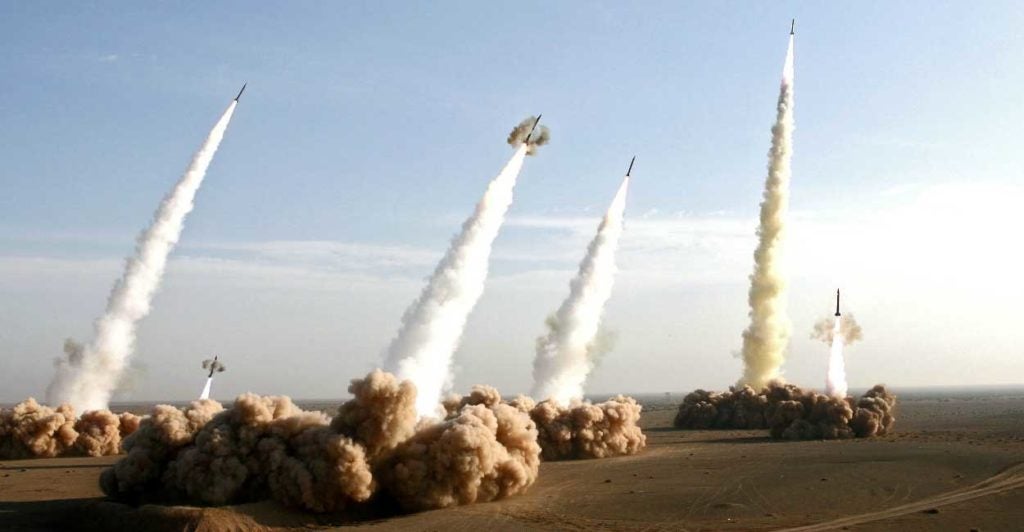The steady drip of disturbing revelations about President Barack Obama’s Iran nuclear agreement continues unabated. On Monday, the Associated Press reported that key restrictions on Iran’s uranium enrichment activities will significantly ease after 10 years, long before those restrictions expire after 15 years.
The AP acquired a confidential document, leaked by an anonymous diplomat involved in the Iran nuclear issue, which it described as an add-on agreement in the form of a declaration submitted by Iran to the International Atomic Energy Agency.
The document, the Joint Comprehensive Plan for Action, details Iran’s plans for expanding its enrichment activities and makes it clear that some of the most restrictive provisions of the nuclear agreement are relaxed after only 10 years, although they will function as more permissive constraints for up to 15 years.
The published text of the nuclear agreement was vague on the exact timing of what happens to Iran’s uranium enrichment program after 10 years.
But the new document indicates that after 10 years, Iran plans to start replacing its current centrifuges with thousands of more advanced models that would be up to five times more efficient than the 5,060 centrifuges that it is allowed to operate currently under the agreement.
This concession could allow Tehran to enrich at more than twice the rate that it is now doing, even if the total number of operating centrifuges are reduced. This is a major concern because if the enrichment rate doubles, the time Tehran would need to stage a nuclear breakout would be reduced from the 12 months promised by the Obama administration to six months or less, much earlier than the administration had advertised when it was trying to sell the nuclear deal.
Fred Fleitz, a veteran analyst who has monitored Iran’s nuclear program for many years at the CIA, State Department, House Intelligence Committee, and Center for Security Policy, warned that although the permissive nature of the agreement was not news:
What is news is that the Obama administration is a party to another secret side deal to the [Joint Comprehensive Plan for Action] that explicitly recognizes Iran’s plan to greatly expand its uranium-enrichment program. Other secret side deals include one that allows Iran to inspect itself on possible nuclear-weapons-related work and another that possibly weakened IAEA reporting on Iran’s nuclear program.
The International Atomic Energy Agency secret side deal that allowed Iranian personnel to inspect a suspected nuclear research site was exposed last year only after Sen. Tom Cotton, R-Ark., and Rep. Mike Pompeo, R-Kan., traveled to the agency’s headquarters in Vienna, Austria, to ask questions about the nuclear agreement.
Cotton, a leading congressional opponent of the Iran nuclear deal, charged that the latest news about Iran’s declaration to the agency demonstrated that “the administration misled the American people about Iran.”
State Department spokesman Mark Toner denied that the new document was “secret” since it was known to the countries negotiating the deal, but he acknowledged that the details had been kept away from the public.
Iranian Foreign Minister Mohammad Javad Zarif was much more enthusiastic about the newly revealed document. Yesterday, he crowed that it was created by Iran’s “negotiators and industry experts” and was a “matter of pride.”
Indeed, he should be proud. The document outlines how Iran plans to escalate its uranium enrichment efforts with the blessing of the Obama administration until it reaches the point where a nuclear breakout would require only a few weeks of work.
For more information about this topic:
Obama’s Legacy Is Likely to Be Nuclear-Armed Iran
The Dangerous Regional Implications of the Iran Nuclear Agreement
The Nuclear Deal Has Not Changed Iran
Implementation Day: Time for Iran to Cash In on Sanctions Relief and Hostages
